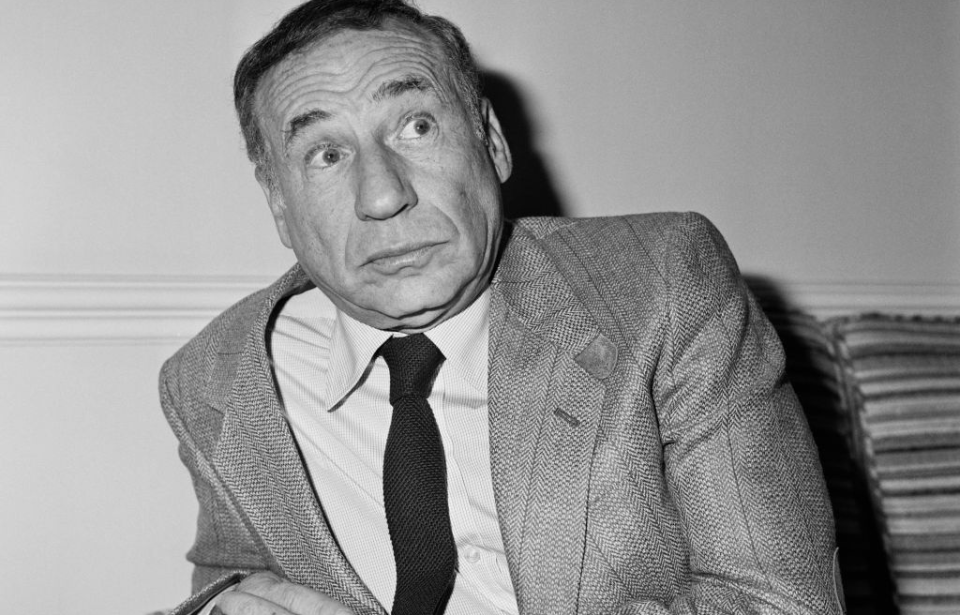Mel Brooks is arguably one of the most recognizable faces in the realm of comedy. With a career spanning decades, he’s the brains behind some of the genre’s best films, including 1974’s Blazing Saddles and Young Frankenstein. Before he was taking Hollywood by storm, he served in the European Theater with the US Army, participating in the deadly Battle of the Bulge.
Mel Brooks’ early life
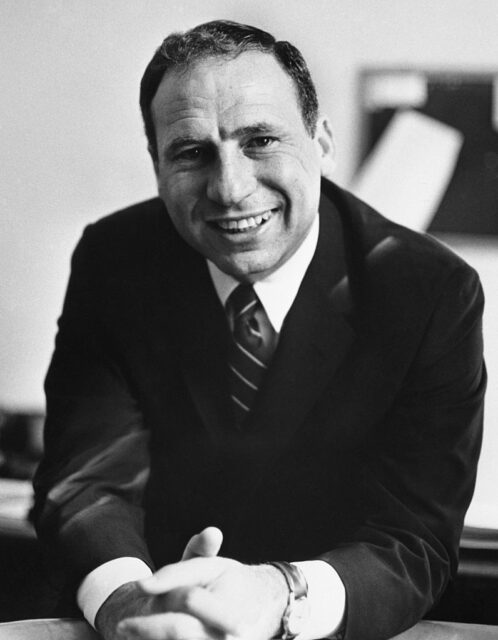
Mel Brooks was born Melvin Kaminsky on June 28, 1926 to Jewish parents from Germany and Ukraine. The youngest of four, he grew up in Brooklyn, New York’s Williamsburg neighborhood, where he was teased by his classmates for his small size and sickly appearance.
When Brooks was just two years old, he lost his father to tuberculosis, a death that he himself later said likely influenced his take on comedy. “There’s an outrage there,” he said. “I may be angry at God, or at the world, for that. And I’m sure a lot of my comedy is based on anger and hostility.”
A student at Eastern District High School in Brooklyn, Brooks spent his summers working in the Borscht Belt, a group of hotels in the Catskill Mountains, alongside Sid Caesar. It was around this time that he knew he wanted to enter show business, having also been influenced by a production of Anything Goes.
Entering the US Army
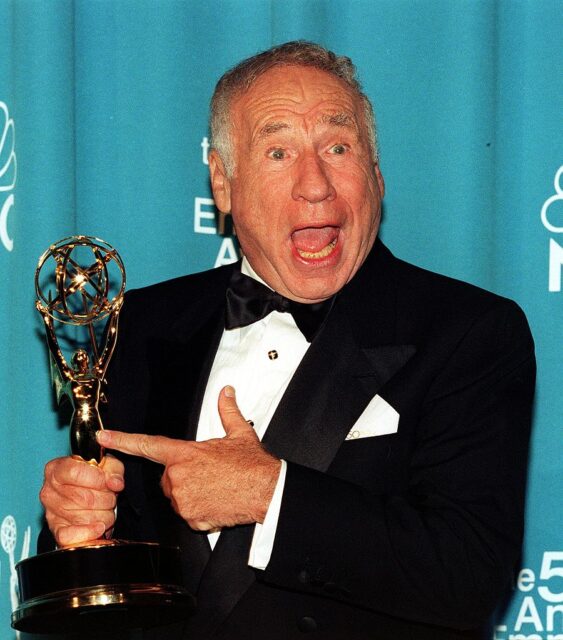
In 1944, while in his senior year of high school, a recruiter with the US Army told Mel Brooks and his classmates that they could join the Army Specialized Training Program (ASTP) if they were smart enough. Not only would this allow them to graduate that much earlier, but they’d also be allowed to attend a college paid for by the government.
This interested Brooks, who knew his test scores were above average. Upon joining the ASTP at the Virginia Military Institute, he was taught such skills as combat engineering, horsemanship and saber-wielding. He was even afforded a semester where he was tasked with studying electrical engineering.
However, Brooks was only a part of the ASTP for 12 weeks when the combat arms branch of the Army issued a complaint that the program was depriving it of the service’s brightest troops. This led to him being transferred to Fort Sill, Oklahoma, where he underwent basic and radio operator training. He then attended Fort Dix, New Jersey to receive his assignment in the European Theater.
Mel Brooks served during the Battle of the Bulge
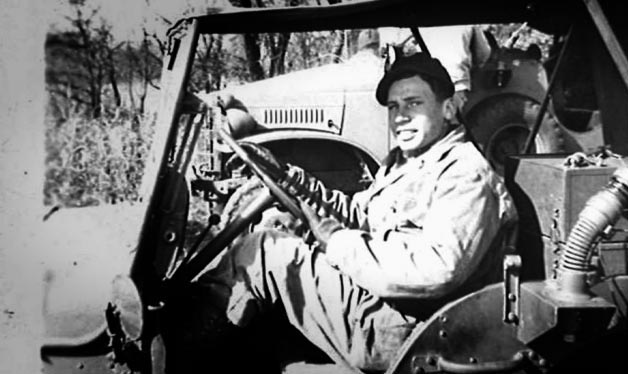
The date at which Mel Brooks arrived in Europe differs between accounts. The comedian himself claims he boarded the troopship in February 1945, while the US Department of Defense states he was sent overseas in November 1944. Given both accounts reveal that Brooks fought in the Battle of the Bulge, it’s likely he got the timing wrong, as the engagement was over in January 1945.
Brooks first arrived in France, before moving to Belgium, where he was assigned as a forward artillery observer with the 78th Infantry Division. He was later transferred to the division’s 1104th Engineer Combat Group and served as a combat engineer throughout the Battle of the Bulge.
Over the course of the engagement, the future comedian was tasked with locating German land mines, at which point a specialist would be charged with neutralizing the explosives. On five separate occasions, the 1104th were sent to the frontlines, enduring a number of casualties in combat, and they were also forced to contend with German propaganda being blasted from loudspeakers, which Brooks claims he counteracted by playing music by Jewish musician Al Jolson.
Following the Battle of the Bulge, the 1104th constructed Bailey bridges over the Roer and Rhine rivers, after which they were tasked with a reconnaissance operation in the Harz Mountains. In May 1945, following the end of World War II in Europe, it’s reported that Brooks met several survivors from concentration camps, encounters that forever left an impression on him.
With the fighting over, Brooks joined the Special Services, performing comedy at various American bases. In June 1946, he was honorably discharged with the rank of corporal.
Entering the entertainment industry
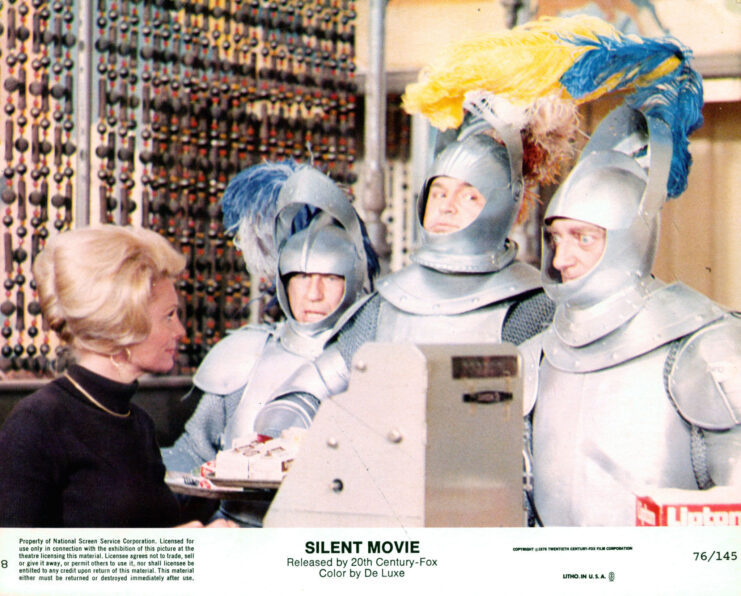
Back in the United States, Mel Brooks returned to the Catskills, where he performed on the drums and as a pianist before making the switch to stand-up comedy and television writing. The latter opportunity came from his pal and former co-worker Sid Caesar, who recruited him to write for The Admiral Broadway Revue (1949). This was followed by posts on Your Show of Shows (1950-54) and Caesar’s Hour (1954-57), alongside the likes of Carl Reiner and Mel Tolkin.
While working together on Caesar’s shows, Brooks and Reiner became close friends and began to perform improv together. This led to several ventures, including the popular comedy album 2000 Years with Carl Reiner and Mel Brooks, which sold over one million copies in 1961.
As the 1950s gave way to the ’60s, Brooks continued to grow his star, becoming involved in the 1962 Broadway production of All American and the short, The Critic, the following year, the latter of which earned the Academy Award for Animated Short Film.
Mel Brooks quickly became a renowned figure in Hollywood
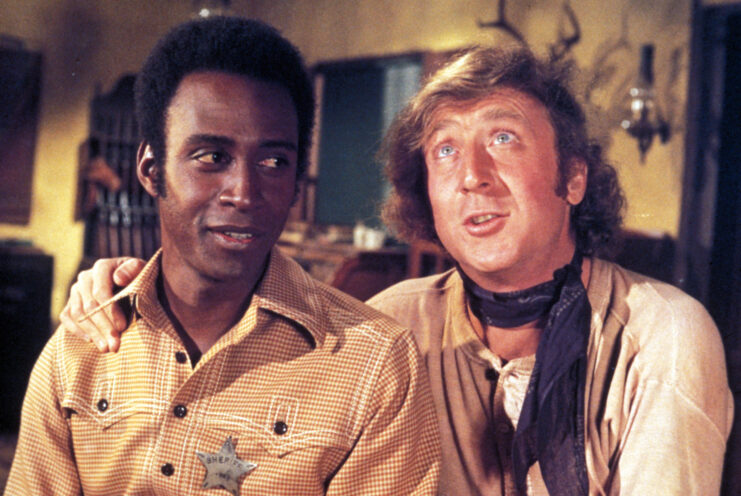
Mel Brooks’ big break came with the debut of Get Smart (1965-70), starring Don Adams. The series won seven Primetime Emmy Awards, and was highly-rated throughout its run. During this time, Brooks also wrote and released 1967’s The Producers, about a theater producer and an accountant putting on a WWII-era stage show about the Führer. While controversial upon its release, it’s since become a cult classic, and it won the Academy Award for Best Original Screenplay.
Brooks’ next big hits came in 1974 with Blazing Saddles and Young Frankenstein, both of which starred Gene Wilder – the actor even wrote the script for the latter movie. The releases were the second- and third-highest-grossing films of the year, respectively, with seven Oscar nominations shared between them.
In 1976, Brooks released a rather unexpected project, as it was the first feature-length silent film in four decades, aptly titled Silent Movie. He starred as a washed-up director, alongside the likes of Dom DeLuise, Sid Caesar and Marty Feldman. Liza Minnelli, Burt Reynolds, James Caan and Paul Newman made cameo appearances.
The release was followed by the Alfred Hitchcock parody, High Anxiety, in 1977.
Recognized for his contributions to film
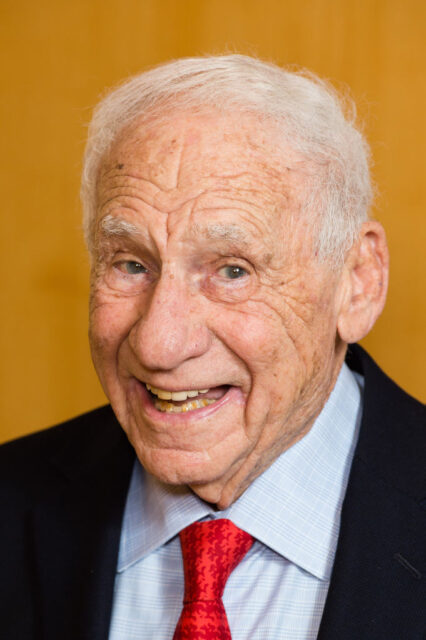
In the 1980s, Mel Brooks founded Brooksfilms, a production company responsible for the release of such films as 84 Charing Cross (1987) and The Fly (1986). During the decade and into the 1990s, he continued to be involved in movies, with his most notable from this time being Spaceballs (1987), To Be or Not to Be (1983) and Robin Hood: Men in Tights (1993). The last film under his direction was Dracula: Dead and Loving It (1995).
Throughout the 2000s and ’10s, Brooks has lent himself to animated features, the most notable of which are Robots (2005) and the Hotel Transylvania franchise. Now well into his 90s, he’s one of the few stars to be the recipient of an EGOT, meaning he’s won an Emmy, Grammy, Oscar and Tony.
More from us: Lee Marvin: The Hollywood ‘Tough Guy’ Who Earned His Stripes In the Pacific Theater
For his contributions to film and Hollywood, Brooks was awarded a star on the Hollywood Walk of Fame in 2010. The year prior, he’d been the recipient of the 2009 Kennedy Center Honors, and has since had three of his movies added to the American Film Institute’s (AFI) 100 Years… 100 Laughs list.
